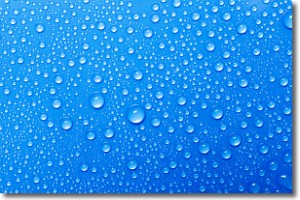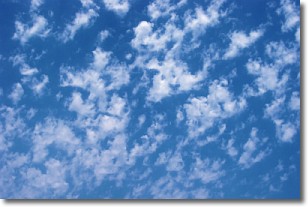Weather Alert in Alaska
Special Weather Statement issued September 6 at 3:41AM AKDT by NWS Anchorage AK
AREAS AFFECTED: Kuskokwim Delta Coast and Nunivak Island
DESCRIPTION: A front from a strong low pressure system in the Bering Sea is impacting the Kuskokwim Delta Coast this morning. Southeast winds are peaking this morning. Winds gusts of up to 50 mph at times through the morning continue to be likely in communities along the northern Kuskokwim Bay Coast before slowly diminishing this afternoon. Locations impacted include Kongiganak, Kwigillingok, and Kipnuk. Along with the strong southeasterly winds, water levels will also increase with peak water levels occurring late this morning. Water levels are expected to peak at 1 to 2 feet above the normal highest tide line. While significant coastal flooding is not expected, low-lying areas could fill up with water, especially around Kipnuk and Kwigillingok. Higher wave heights are also likely in the coastal waters of the Kuskokwim Delta and near the coast with 5 to 8 foot waves likely. Wave heights will peak this morning and slowly subside through Sunday morning. Higher waves breaking along the coast could cause some localized areas of beach erosion.
INSTRUCTION: N/A
Want more detail? Get the Complete 7 Day and Night Detailed Forecast!
Current U.S. National Radar--Current
The Current National Weather Radar is shown below with a UTC Time (subtract 5 hours from UTC to get Eastern Time).

National Weather Forecast--Current
The Current National Weather Forecast and National Weather Map are shown below.

National Weather Forecast for Tomorrow
Tomorrow National Weather Forecast and Tomorrow National Weather Map are show below.

North America Water Vapor (Moisture)
This map shows recent moisture content over North America. Bright and colored areas show high moisture (ie, clouds); brown indicates very little moisture present; black indicates no moisture.

Weather Topic: What is Evaporation?
Home - Education - Precipitation - Evaporation
 Next Topic: Fog
Next Topic: Fog
Evaporation is the process which returns water from the earth
back to the atmosphere, and is another crucial process in the water cycle.
Evaporation is the transformation of liquid into gas, and it happens because
molecules are excited by the application of energy and turn into vapor.
In order for water to evaporate it has to be on the surface of a body of water.
Next Topic: Fog
Weather Topic: What are Fractus Clouds?
Home - Education - Cloud Types - Fractus Clouds
 Next Topic: Freezing Rain
Next Topic: Freezing Rain
A fractus cloud (scud) is a fragmented, tattered cloud which has
likely been sheared off of another cloud. They are accessory clouds, meaning they
develop from parent clouds, and are named in a way which describes the original
cloud which contained them.
Fractus clouds which have originated from cumulus clouds are referred to as
cumulus fractus, while fractus clouds which have originated from stratus clouds
are referred to as stratus fractus. Under certain conditions a fractus cloud might
merge with another cloud, or develop into a cumulus cloud, but usually a
fractus cloud seen by itself will dissipate rapidly.
They are often observed on the leading and trailing edges of storm clouds,
and are a display of wind activity.
Next Topic: Freezing Rain
Current conditions powered by WeatherAPI.com




